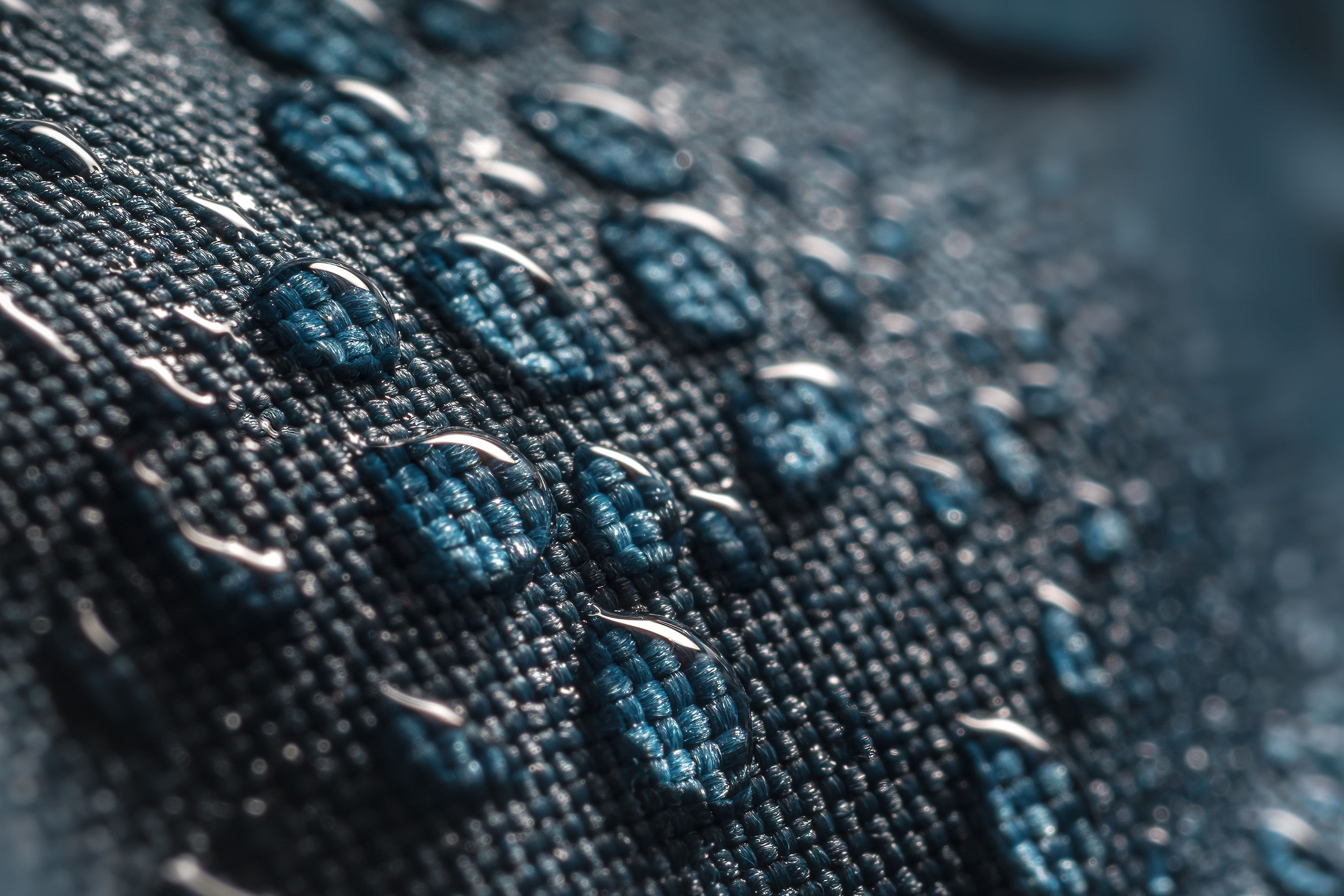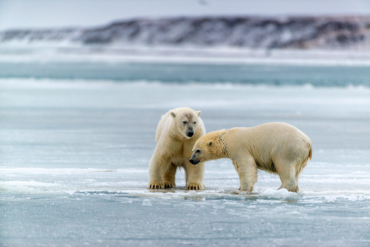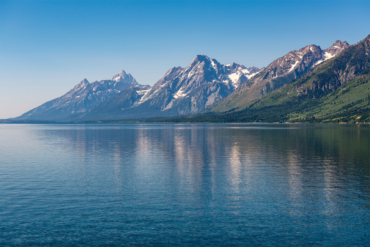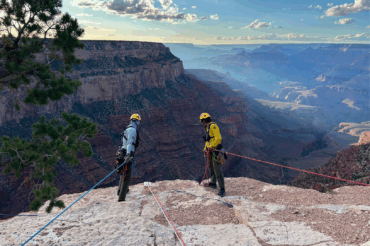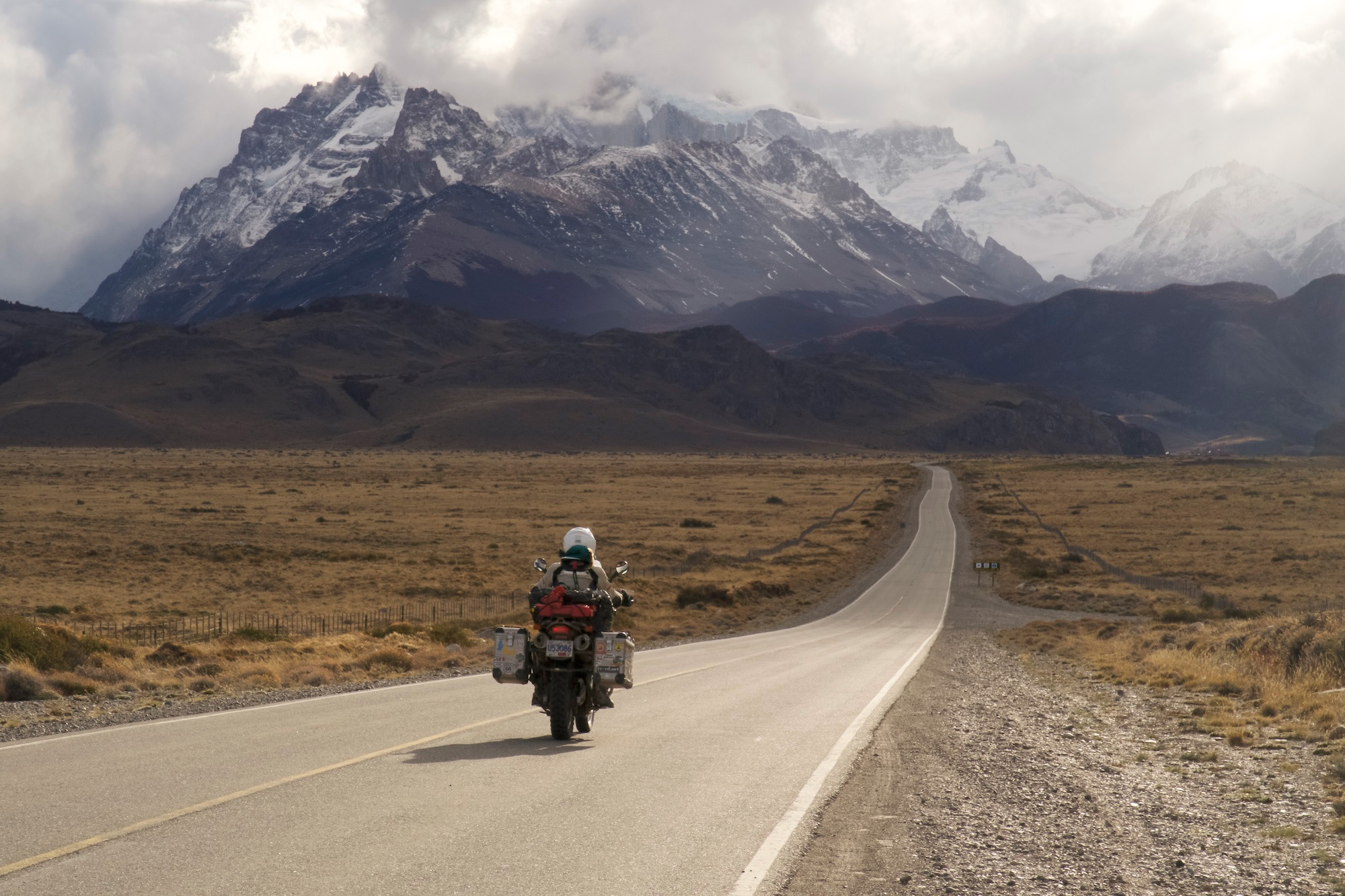Bought any outdoor gear in the last decade or so? If so, you’ve probably seen a variation of “made using Bluesign-approved material” or “contains materials that meet the Bluesign criteria” pop up in some apparel descriptions.
But what, precisely, does that mean? Now, the Swiss-based organization is on a mission to change that, in part through the launch of a new, publicly facing guide designed to demystify what is and what isn’t Bluesign-approved — and why. The Bluesign GUIDE database includes information on the manufacturers, chemicals, textiles, and accessories (think buttons, zippers, and membranes) that make up the Bluesign ecosystem.
Previously, Bluesign had a database of Bluesign-approved fabrics, chemicals, and manufacturers available to industry insiders. But, the organization has recently opened this database to the public in the hopes that it will empower consumers and manufacturers alike.
Bluesign GUIDE Answers Consumer Questions
The huge database is sortable by textile type, accessory type, company, and country/region. Consumers can also use a search function to find specific brands or fabric types.
In short, you can see which companies are making Bluesign-approved fabrics, and what those fabrics are. It’s probably more useful to cottage gear makers and fabric nerds than the average consumer, but, Bluesign says that any transparency at all is a good thing.
“[We are] a sustainability solutions provider,” Kutay Saritosun, director of brand services and partnerships at Bluesign, told GearJunkie in an interview. “When [a brand like] Patagonia purchases a Bluesign-approved fabric, that fabric was manufactured at a Bluesign system partner textile manufacturer. That means [Bluesign] has been to that textile manufacturer, and we have assessed them against the Bluesign criteria.”
Those criteria are rigorous and, according to Saritosun, go far beyond the scope of “greenwashing” — a pejorative term used to denote surface-level certifications ostensibly designed to earn the goodwill of environmentally conscious consumers.
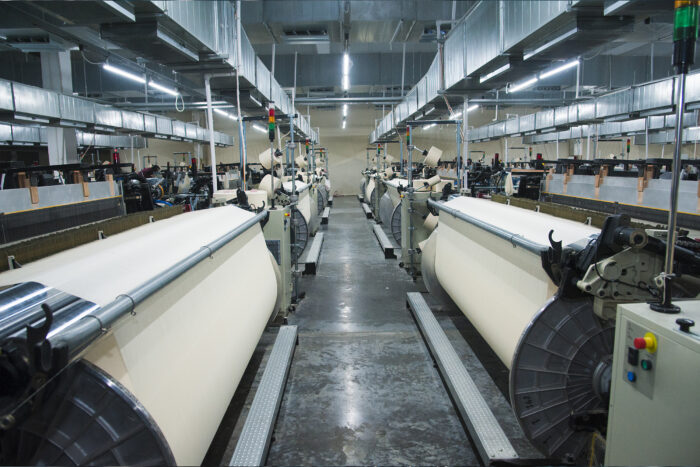
What Does It Mean to Be Bluesign-Certified?
Saritosun used the word “assess” very much intentionally.
“It’s not an audit because an audit is ‘do you have this? Yes. Do you have this? No. Show me this. Yes. Show me that. No.’ And then it’s a pass or fail,” Saritosun continued.
Instead of a quick audit, Bluesign assesses over 600 environmental management points at its partner facilities, including carbon emissions, energy use, and occupational health and safety. It’s a holistic look at the cost of chemical use and fabric manufacturing on people and the environment.
Bluesign also partners with manufacturers that produce some of the chemicals used in textile manufacturing. So, in short, if you buy a jacket that has the Bluesign seal of approval, the organization has checked in at every step in the process short of garment assembly, from molecules combining in a test tube to the production of the fabrics themselves.
Bluesign revisits each partner every 2 years, Saritosun said.
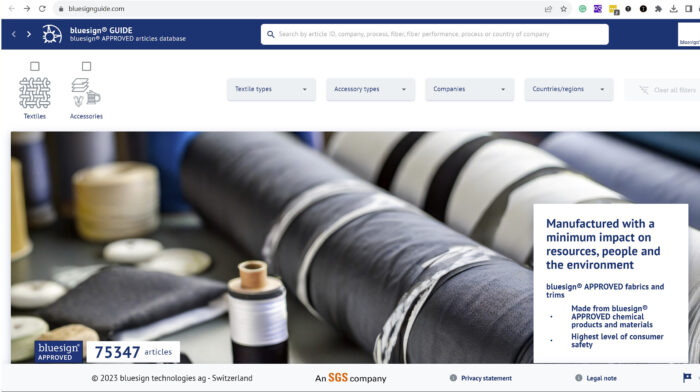
So, the assessment and public-facing guide are, as Bluesign wrote in a press release, “aimed at fostering rapid adoption of sustainable materials and practices across industries.”
Bluesign: Ahead of the EU
According to Saritosun, there’s more than just simple altruism involved here. The European Union (EU) is in the process of updating its REACH regulations. REACH is a series of laws that govern what types of chemicals can be used in products sold in the EU.
In 2020, the governmental body made a promise that the next update to REACH would ban the substances known as “forever chemicals.” Bluesign already disallows such chemicals, which is fortunate, because it appears the EU may be backpedaling on that promise.
Additionally, the EU is working on legislation to force companies to calculate environmental impacts using an identical set of metrics. Standardization should make tracking and enforcement easier, something Saritosun is excited about.
After all, as any iPhone user knows, the EU’s decisions can have powerful impacts on products used worldwide.
As for the more grassroots, consumer-driven angle to environmentalism taken by many Americans, Saritosun isn’t a fan. Citing the desperate need to slow human-driven climate change, he favors a top-down approach.
“If we just leave it to the consumers, I don’t think we can move the industry forward to the place where it needs to go, especially with the ambitious [climate change] targets that we have, such as a 45 percent carbon reduction by 2030,” Saritosun said.
“Which is like, tomorrow.”
